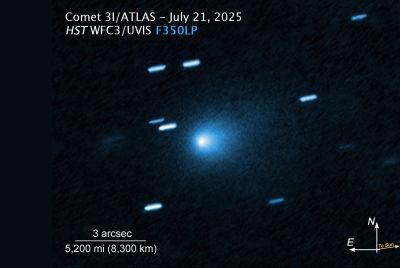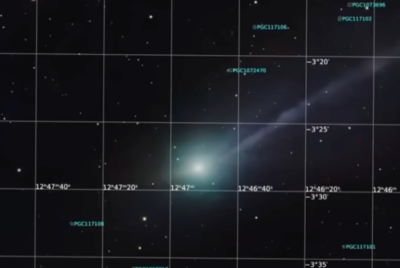Truth or Hoax? Viral Theory Claims 3I/Atlas Could Be a Massive Alien Ship Hiding Behind the Sun
Is interstellar object 3I/ATLAS just a comet? Explore the 8 strange anomalies that suggest it could be something more.

Tomorrow, on October 21, 2025, a cosmic game of hide-and-seek will begin. The enigmatic interstellar visitor, 3I/ATLAS, will align perfectly on the opposite side of the Sun from Earth, a celestial event known as a 'solar conjunction.'
For weeks, it will be completely invisible to our telescopes, cloaked by the blinding glare of our own star. But this period of darkness isn't just a frustration for astronomers; it presents a tantalising and deeply provocative question. Is this cosmic alignment merely a coincidence, or is it the perfect cover for a deliberate, technological manoeuvre?
This is not idle speculation; it is a question rooted in the fundamental principles of astronautics. The most fuel-efficient moment for any spacecraft to alter its course is at its closest approach to a massive body, a principle known as the 'Oberth manoeuvre.'
By firing its engines at the point of its highest velocity, a craft can achieve the maximum possible change in its energy. If 3I/ATLAS were an artificially constructed mothership, this is precisely when and where it would choose to act, perhaps releasing smaller probes to explore our solar system.
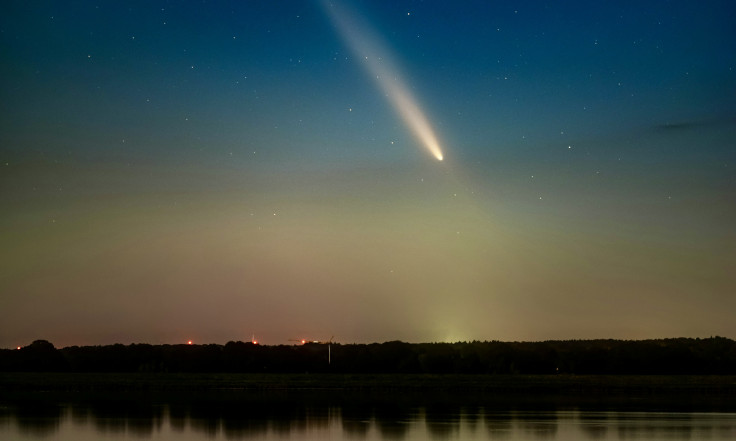
A Cloak of Sunlight: Is This the Perfect Time for 3I/ATLAS to Act?
The timing is almost too perfect to ignore. Just eight days after it vanishes behind the Sun, on October 29, 2025, 3I/ATLAS will reach perihelion, its closest point to our star. This is the exact moment its velocity will peak, making it the optimal time to execute an Oberth manoeuvre.
The fact that this prime opportunity occurs while the object is hidden from our direct view is, at the very least, a startling coincidence. As the author of the source material asks, 'Was this a mere coincidence or a result of orbital design and basic astronautics?'
Science demands evidence, and the answer to this question can be found by watching what happens next. By monitoring the skies in November and December, astronomers will be searching for any new objects emerging from its vicinity or any unexpected deviations in the main body's path.
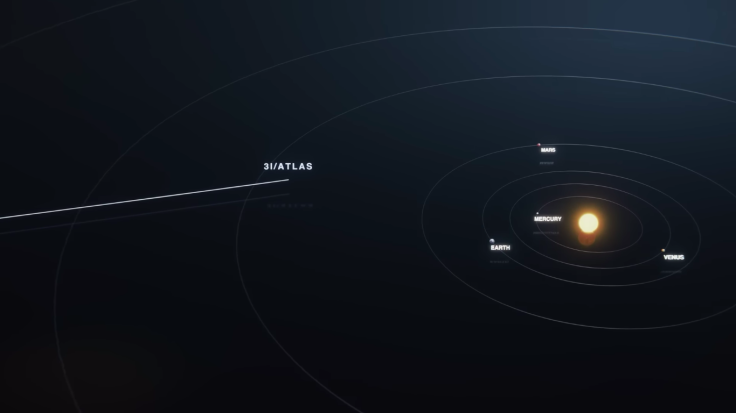
A Catalogue of Curiosities: The Eight Anomalies of 3I/ATLAS
While the prevailing scientific view is that 3I/ATLAS is a natural comet, its behaviour has been anything but ordinary. A growing list of anomalies has led some, like Harvard astrophysicist Avi Loeb, to argue that we must seriously consider more exotic explanations.
There are eight key peculiarities that set this object apart:
- Its Trajectory: The object's path is aligned to within five degrees of the ecliptic, the plane in which the planets orbit the Sun. A random visitor would be exceptionally unlikely to arrive on such a precise, orderly path.
- Its Sunward Jet: It has displayed a distinct jet pointing towards the Sun, a feature not easily explained by the normal outgassing of a comet.
- Its Immense Size and Speed: It is estimated to be a million times more massive than 'Oumuamua and a thousand times more massive than 2I/Borisov, yet it is moving faster than both previous interstellar visitors.
- Its Convenient Timing: Its arrival path allows for close passes of Mars, Venus, and Jupiter, all while ensuring it is unobservable from Earth during its crucial perihelion phase.
- Its Strange Composition: The gas plume contains an unusually high ratio of nickel to iron, similar to industrially produced alloys, and a nickel-to-cyanide ratio orders of magnitude higher than any known comet.
- Its Lack of Water: The plume contains only 4% water by mass, a surprisingly low amount for an object presumed to be an icy comet.
- Its Extreme Polarization: It exhibits a level of negative polarization that is unprecedented among all known comets.
- Its Eerie Origin: Its path traces back to a direction that coincides, to within nine degrees, with the mysterious and still-unexplained 'Wow! Signal' detected in 1977.
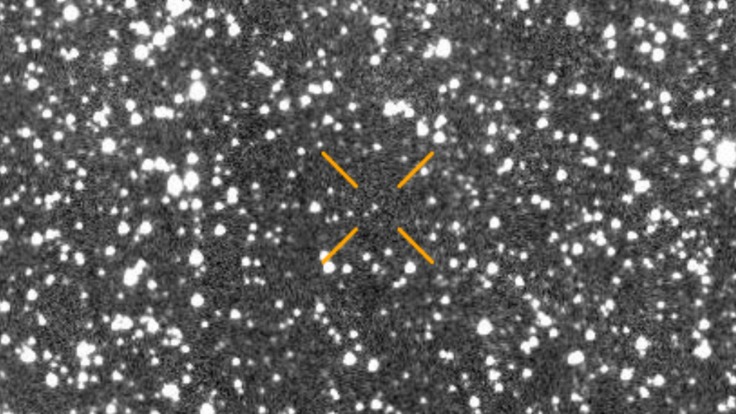
The Verdict Awaits: How We Will Uncover the Truth About 3I/ATLAS
Thankfully, we will not have to wait long for more data. On November 4, 2025, the European Space Agency's JUICE spacecraft will get a close look. If 3I/ATLAS follows a purely gravitational path, it will make its closest approach to Earth on December 19, 2025, and pass by Jupiter on March 16, 2026, where it can be observed by NASA's Juno spacecraft.
The coming months will be critical. In what has been described as a 'blind date of interstellar proportions', it is imperative that we gather as much evidence as possible before forming an opinion. Whether it is a natural wonder or something more, the truth about this extraordinary visitor is waiting to be uncovered.
The principle of Occam's razor suggests that 3I/ATLAS is simply a highly unusual comet, a natural wonder from another star system. Yet, the sheer number of anomalies, from its strange composition to its suspiciously convenient timing, presents a compelling case for keeping an open mind.
As we wait for the data to come in, what do you think is the more likely explanation? Share your theory in the comments below.
© Copyright IBTimes 2025. All rights reserved.








